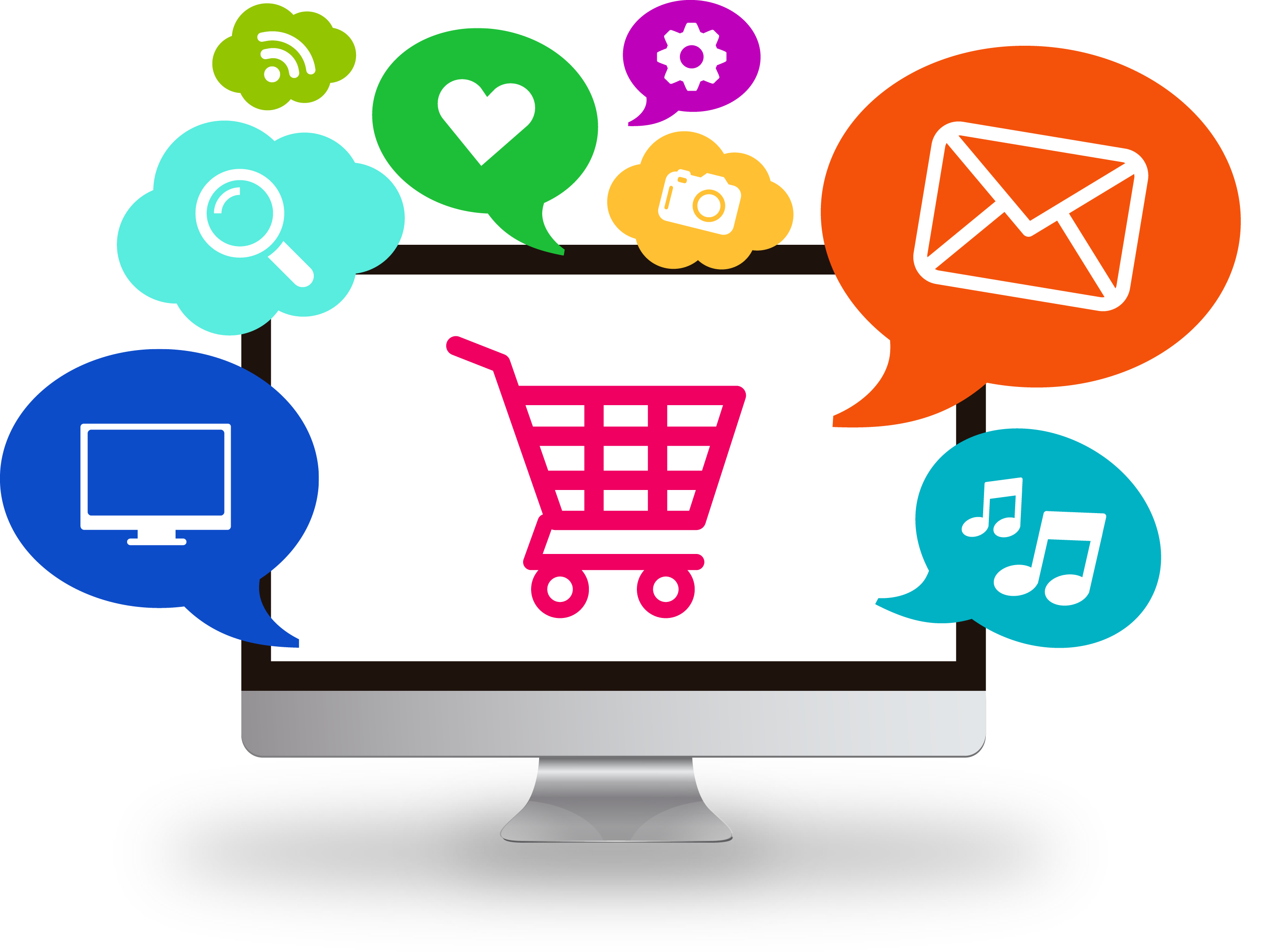How Technology is Changing the Way You Hire
Advancements in technology in recent years have helped improve the hiring process of many companies. Interviewers now have access to all the information they need on their potential employees with just a few clicks on their screens and that helps make a hiring manager’s job quicker and easier. There are many ways through which this … Read more






